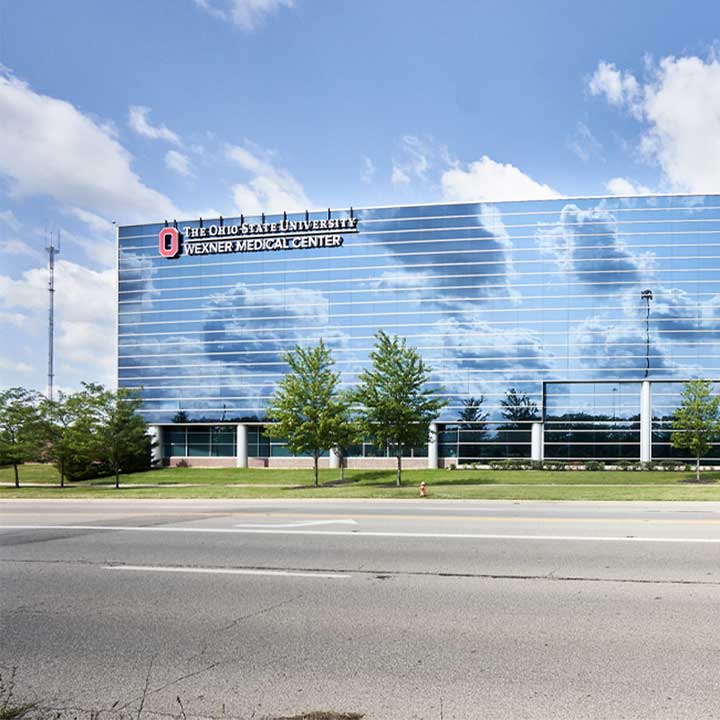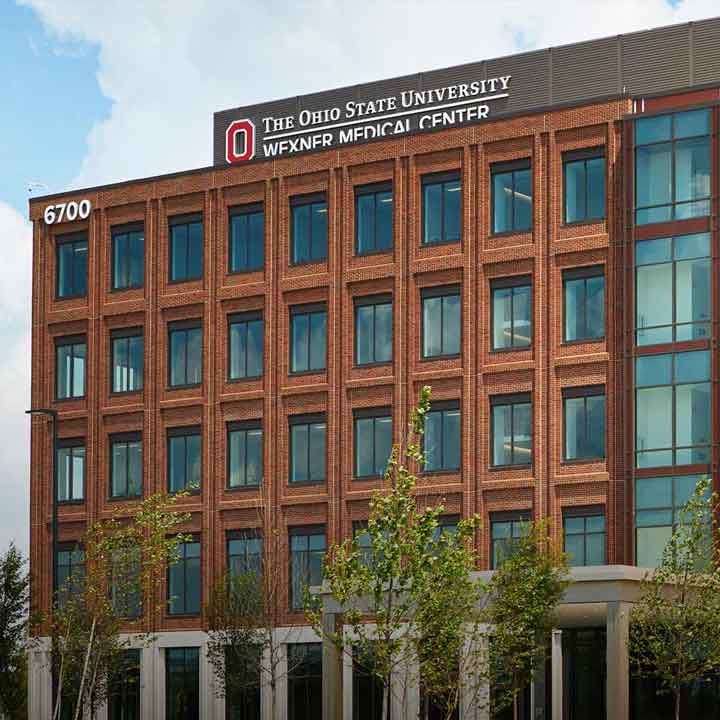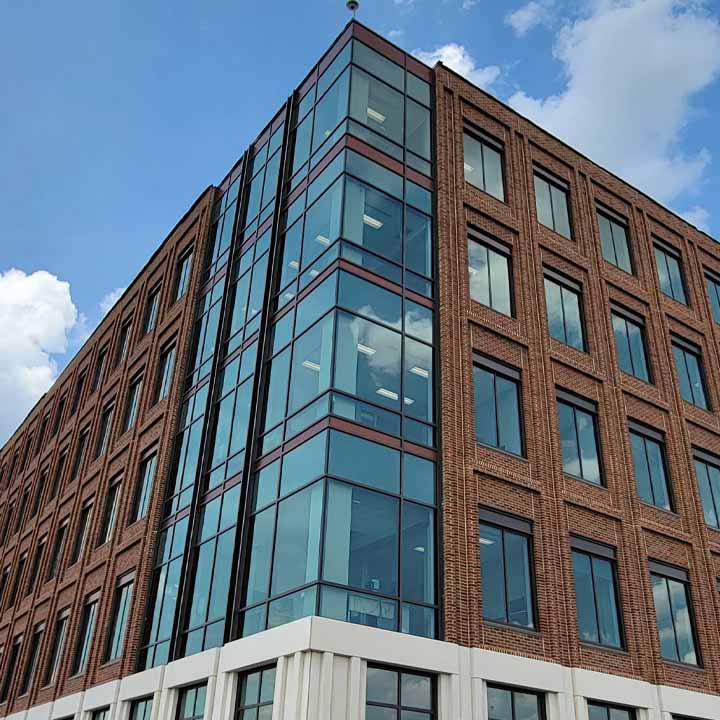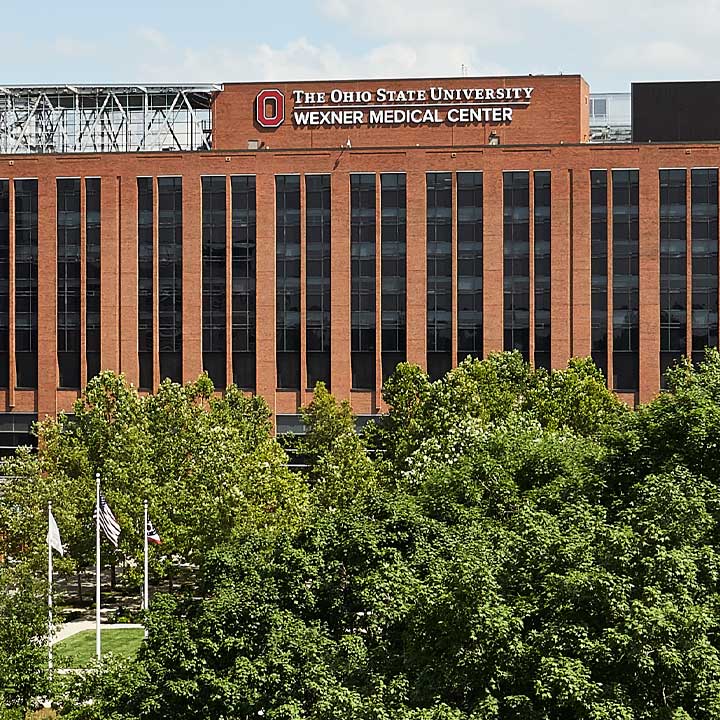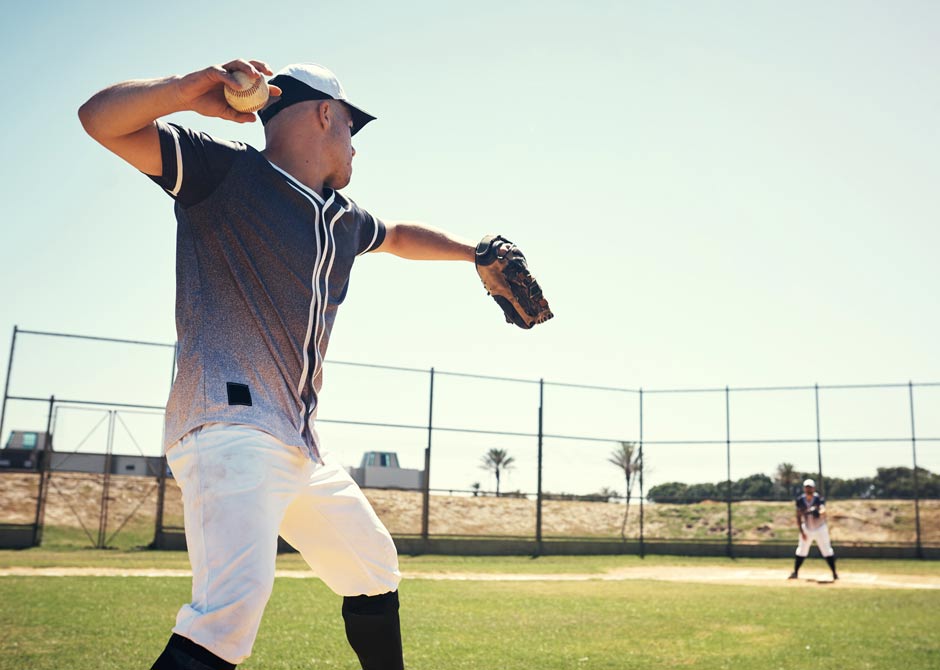 What is a UCL injury?
What is a UCL injury?
An ulnar collateral ligament (UCL) injury is a tear or sprain in one of the ligaments inside your elbow. The UCL is a band of tissue that helps keep your elbow joint in place. This injury often happens to athletes who throw a lot, like baseball pitchers. While the injury can happen to anyone, normal elbow movements typically don’t result in injuries to the UCL.
Orthopedic experts at The Ohio State University Wexner Medical Center in Columbus, Ohio, specialize in treating hand and upper extremity conditions like UCL injuries. The academic medical center is also home to an award-winning Sports Medicine team, who can help you recover and prevent injuries to your UCL through our Overhead Throwing Analysis and Injury Recovery program.
What causes it?
When you throw something, the UCL helps to stabilize your elbow. Doing this repeatedly can cause the ligament to stretch or tear. A sudden injury, like falling on an outstretched arm, can also cause a UCL injury.
What are the risk factors of having this injury?
Several factors can increase your risk of injuring your UCL:
- Playing sports that involve a lot of throwing, like baseball, softball or football
- Not using a correct throwing technique
- Not giving your body time to rest between activities or sports
What are the types of UCL injuries?
UCL injuries can vary in severity and are categorized by the amount of damage to the ligament.
- Grade 1 (sprain): Your UCL is stretched but not torn.
- Grade 2 (sprain): Your UCL is stretched and can be partially torn.
- Grade 3 (tear): Your UCL is completely torn.
What are the symptoms?
Grade 1 or Grade 2 UCL injuries are commonly referred to as UCL sprains. The symptoms of UCL sprains include:
- Pain on the inside of your elbow during or after throwing
- Pain when quickly moving arm forward
- Feeling of weakness or instability at your elbow
- Weak hand grip
- Can’t throw as hard or fast as normal
Symptoms of Grade 3 UCL injuries or tears include:
- A popping sound when the injury happens
- Severe pain
- Inability to throw at all
- Tingling and numbness in pinky and ring fingers
If you have any of these symptoms or think you may have injured your UCL, you should see an orthopedic or sports medicine specialist as soon as possible.
How is it diagnosed?
When you see your doctor, they’ll ask about how the injury may have occurred and the symptoms you’re experiencing. The following tests can help confirm a UCL injury diagnosis:
- Valgus stress test: Your doctor will put pressure on your UCL after turning your lower arm 30 degrees. Your doctor will then gently push your elbow toward your body while extending your arm outward. Your doctor is testing for instability at the elbow joint and your pain level, which can indicate a UCL injury.
- X-ray: Your doctor may order an X-ray to rule out stress fractures or other issues.
- Magnetic resonance imaging (MRI): An MRI will allow your doctor to see the full extent of damage to your elbow ligament.
What are the treatment options?
If you have a UCL sprain (rather than full tear), your doctor may recommend nonsurgical treatment as a first option. These treatments include resting the elbow, icing the injury, anti-inflammatory medication such as ibuprofen and physical therapy.
If your injury is severe or nonsurgical options aren’t successful, your doctor can recommend surgical repair or reconstruction of the ligament. The procedures to repair a UCL injury include Tommy John surgery or a new technique that repairs the UCL with an internal brace.
UCL repair with an internal brace is a surgery where the ligament is repaired directly using a special suture called an internal brace, instead of reconstructing the ligament with a tendon graft. The advantage of this procedure is that the time to return to sports for a pitcher can be several months earlier, and the rate of return to play has been shown to be equal to the Tommy John procedure.
Tommy John surgery
A common surgery for UCL reconstruction is called Tommy John surgery, named after a baseball pitcher who was the first to have the procedure.
Who is a candidate for Tommy John surgery?
Tommy John surgery is usually recommended if you:
- Have a complete tear of the UCL
- Haven’t had success with nonsurgical treatments
- Are an athlete wanting to return to sports
What happens during Tommy John surgery?
Before the surgery begins, you’ll be given general anesthetic to put you to sleep during the procedure. Once the procedure begins:
- Your surgeon will start by removing a portion of a healthy tendon from elsewhere in your body (usually your forearm or hamstring) to use as a graft in the repair.
- Next, your surgeon will make an incision into your elbow and remove the damaged UCL.
- Your surgeon will then attach the graft tendon to your elbow by drilling holes in your elbow and stitching the graft to your elbow.
- Over time, the new tendon will create a new, strong ligament.
- After surgery, your elbow will be in a splint that covers your arm from above your elbow to your fingertips. This limits your movement and supports your elbow.
The surgery to reconstruct the UCL tear usually takes about 90 minutes.
How successful is Tommy John surgery?
Tommy John surgery is very successful for many people. Between 80% and 95% of athletes return to their previous level of play or better. Recovery can take about 12 to 18 months.
Why should you see an Ohio State orthopedic surgeon for this injury and/or surgery?
Ohio State orthopedic surgeons are experts in UCL injuries and Tommy John surgeries, as well as UCL repair with an internal brace. Our team also cares for athletes who compete at the highest levels. Our team is committed to helping you recover fully and get back on the field as quickly as possible.

 What is a UCL injury?
What is a UCL injury?